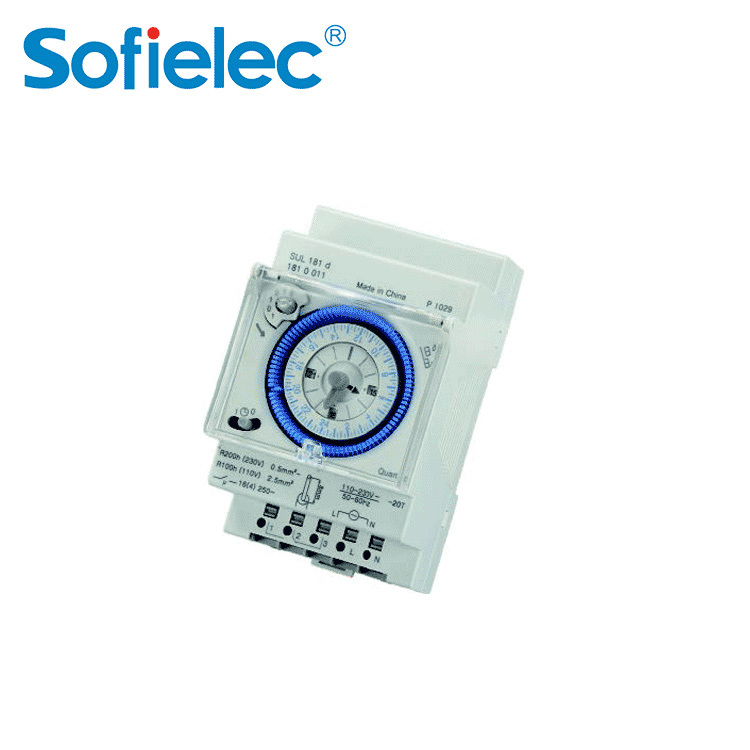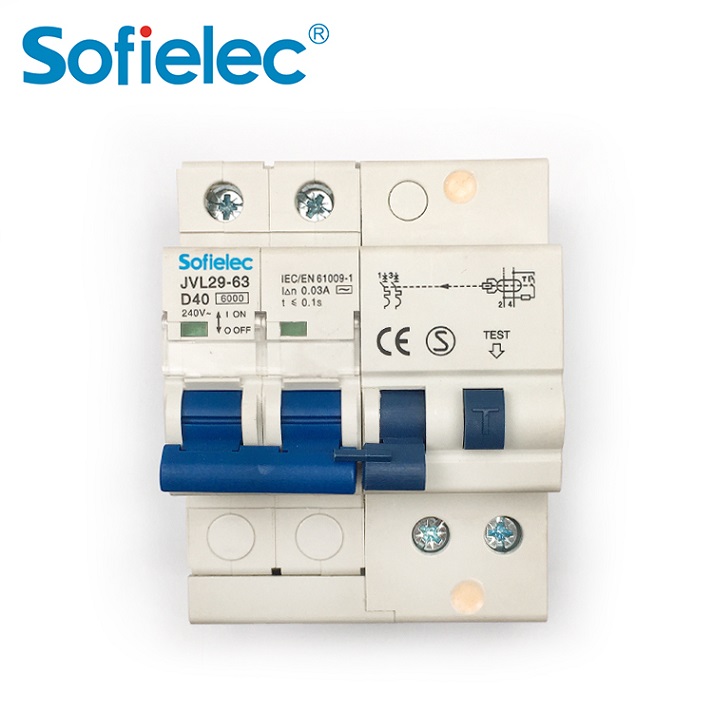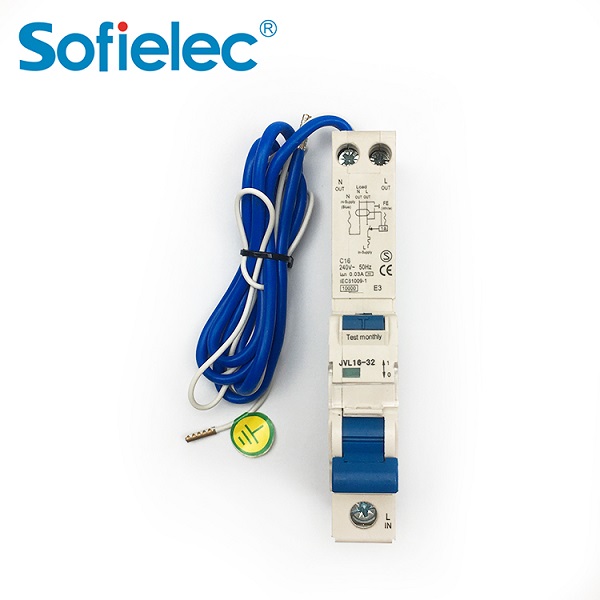| Categories | Time Switch |
| Model | SUL181d |
| Voltage rating | 110-230VAC 50/60Hz |
| Voltage limit | 100-240VAC |
| Width | 3 Modules |
| Installation type | DIN-rail |
| Program | Daily(24 hours) program |
| Power reserve | 200 hours |
| Shortest switching time | 15 minutes |
| Programmable every | 15 minutes |
| Time accuracy | ≤土1 s/day(Quartz) |
| Power consumption | 1 VA |
| Ambient temperature | - 20℃ ~ +55℃ |
Common function
● Analogue time switch, 1 channel
● daily/24 hours program
● 96 switching segments
● DIN rail installation
● Synchronised with mains
● Shortest switching time: 15 Minutes
● With power reserve 200 hours
● SUL181a with battery reserve
● SUL161a without battery reserve
Technical date
● Voltage rating: 230VAC 50/60Hz
● Voltage limit: 200-240VAC
● Width: 1 Modules
● Installation type: DIN-rail
● Program: Daily(24 hours) program
● Power reserve: 72 hours
● Max. switching capacity at 250vac, cosφ=1: 16A
● Max. switching capacity at 250vac, cosφ=0.6: 4A
● Shortest switching time: 15 minutes
● Programmable every: 15 minutes
● Time accuracy: ≤土1 s/day(Quartz)
● Power consumption: 1 VA
● Ambient temperature: -20C~ +55°C
● DuoFix spring terminals
● Manual switch with 3 positions: Permanent ON/AUTO/ Permanent OFF
Connection example
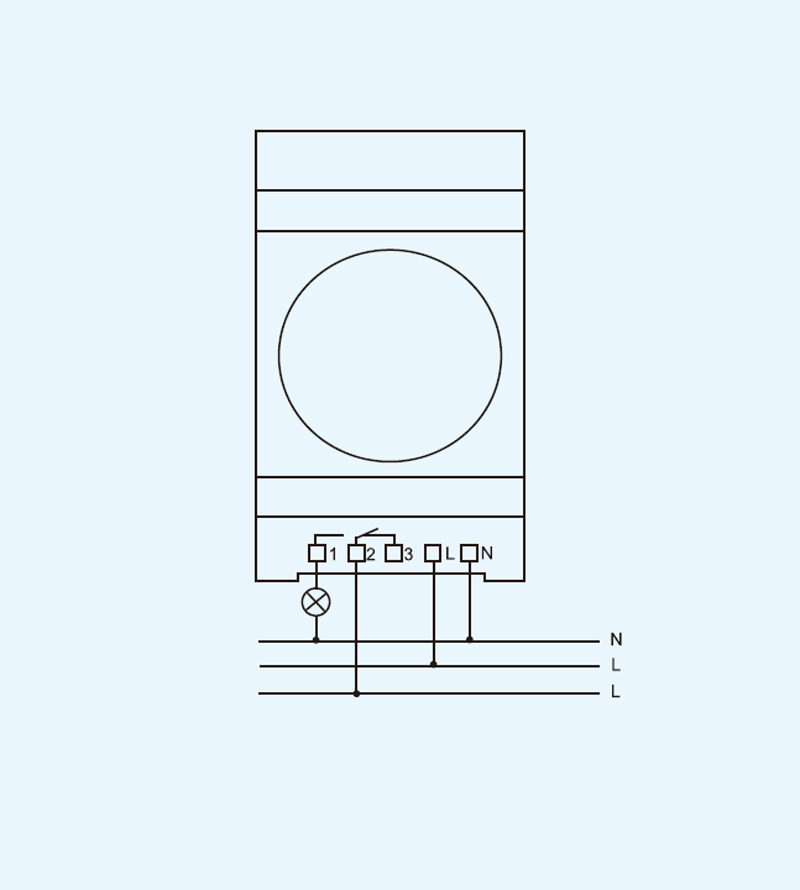
Dimensions
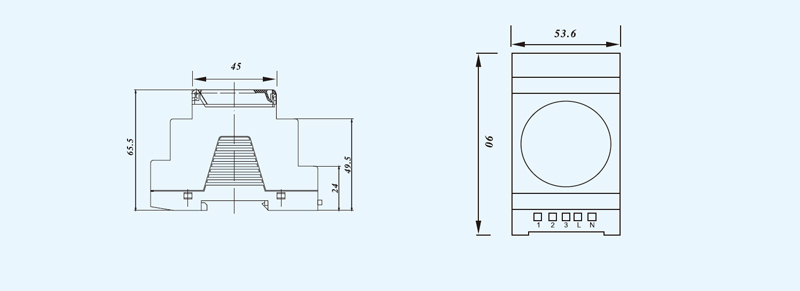
> What are the four types of timer switches?
A time switch, often simply referred to as a timer, is a device that automatically controls when an electrical circuit is turned on or off. It's like a programmable ...
> Can You Replace a 10 Amp Breaker with a 20 Amp Breaker?
Replacing a 10-amp circuit breaker with a 20-amp one without a thorough professional evaluation is extremely dangerous and poses a significant fire hazard. Let's ana...
> What Makes a Circuit Breaker Essential for Home Electrical Safety?
Home electrical safety ranks high on every homeowner’s priority list, yet many overlook the quiet workhorse that prevents crises before they start. This device acts ...
> What Scenarios Require the Use of a Residual Current Circuit Breaker?
Electrical safety is a top priority in daily life and work, yet many people are unsure when to use a device that guards against electric shock. This article explains...

